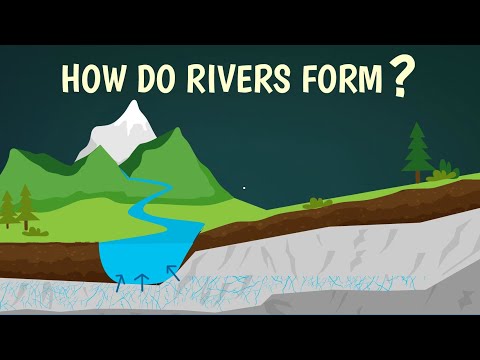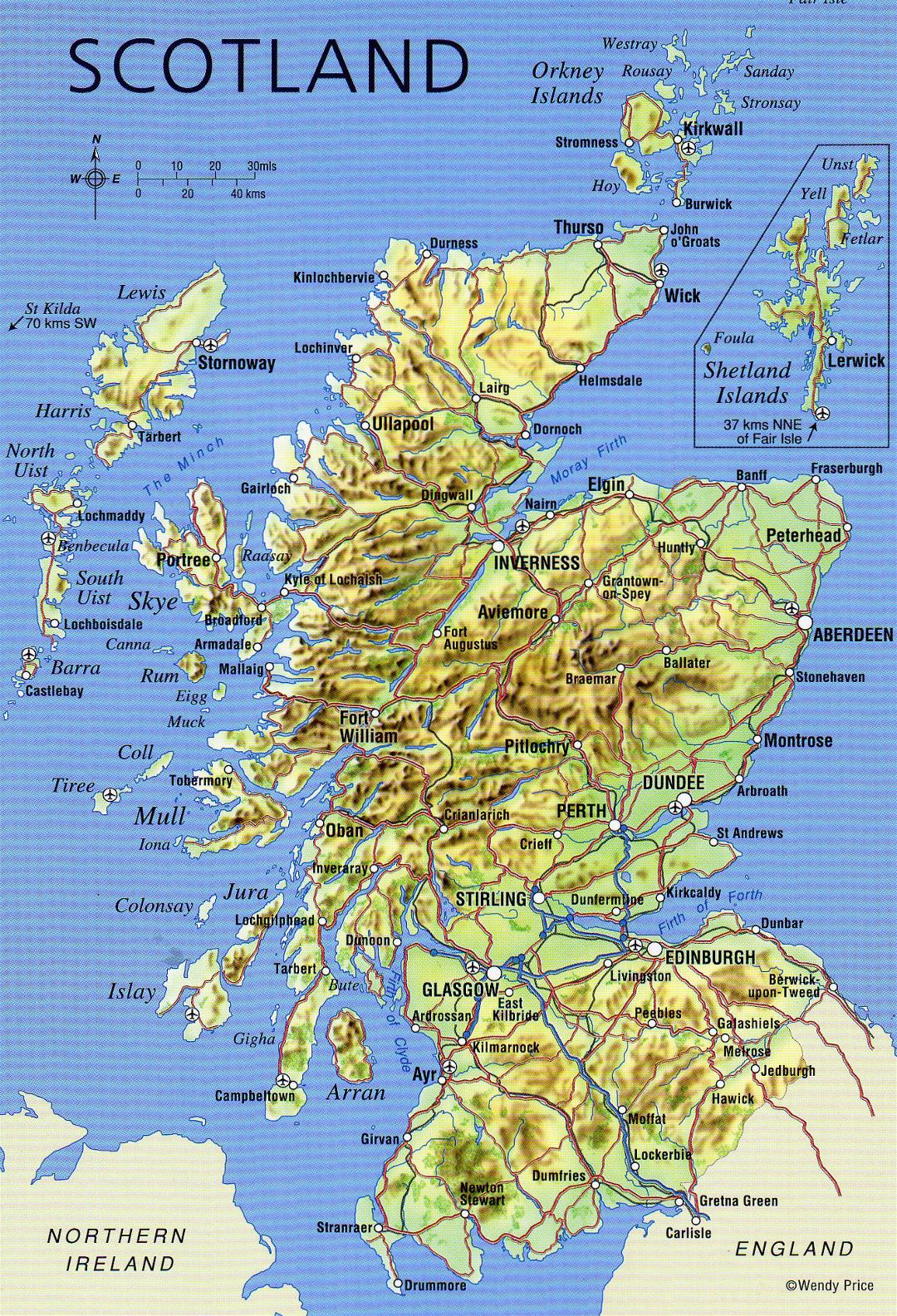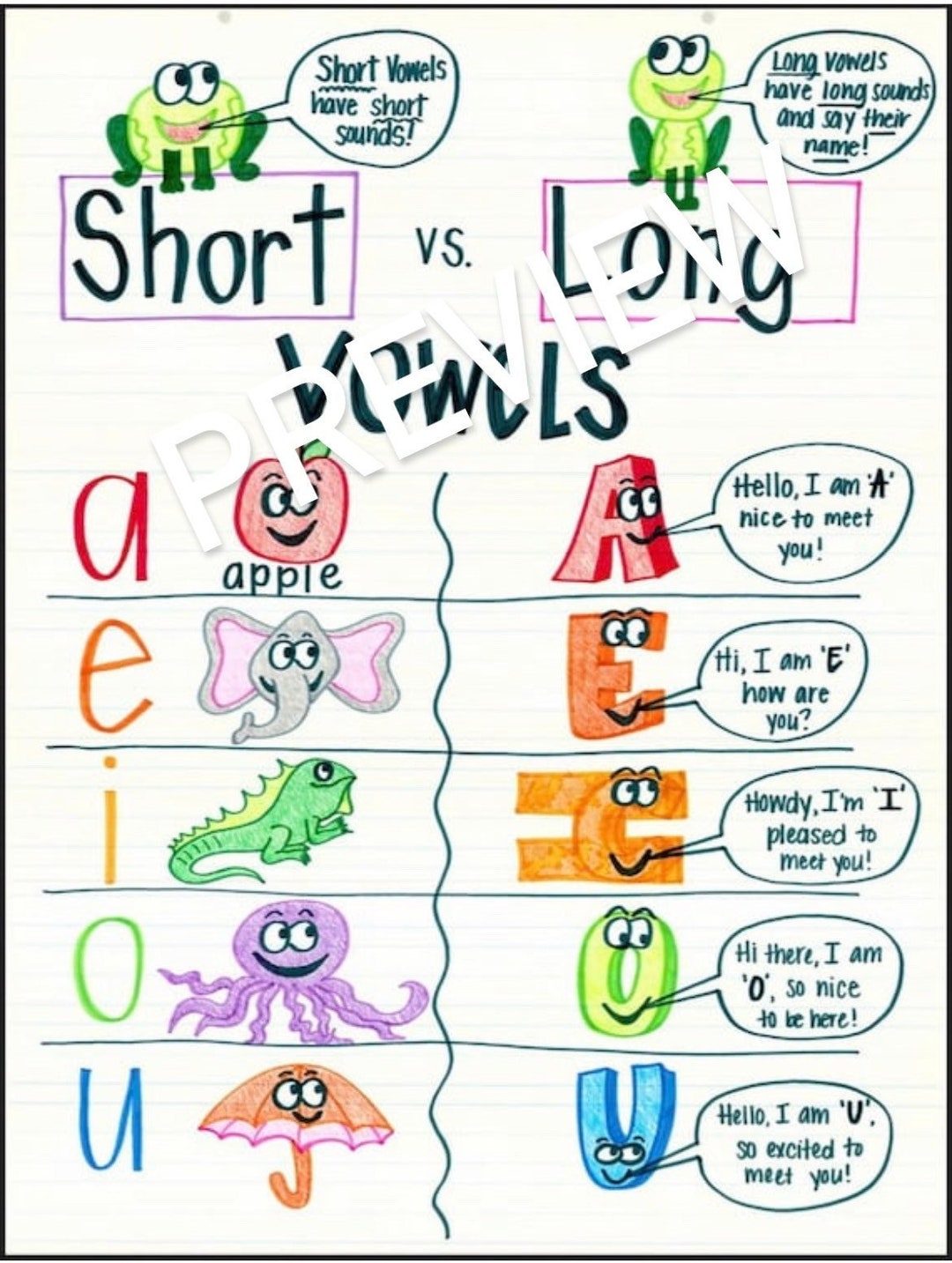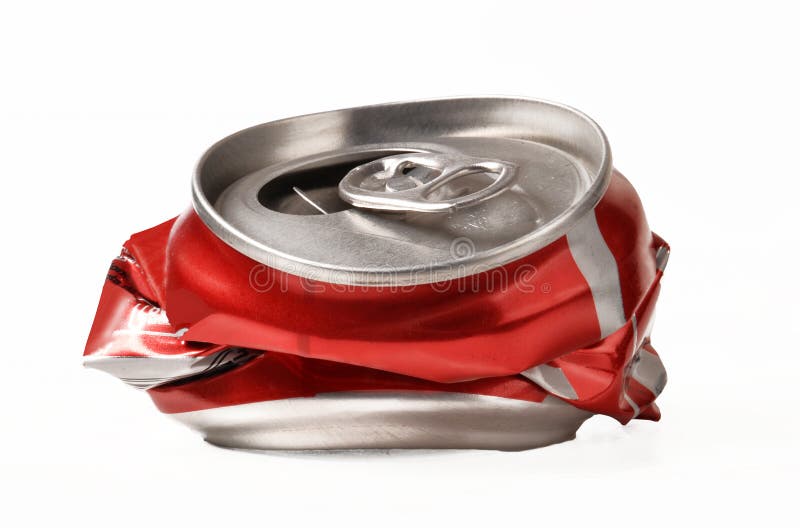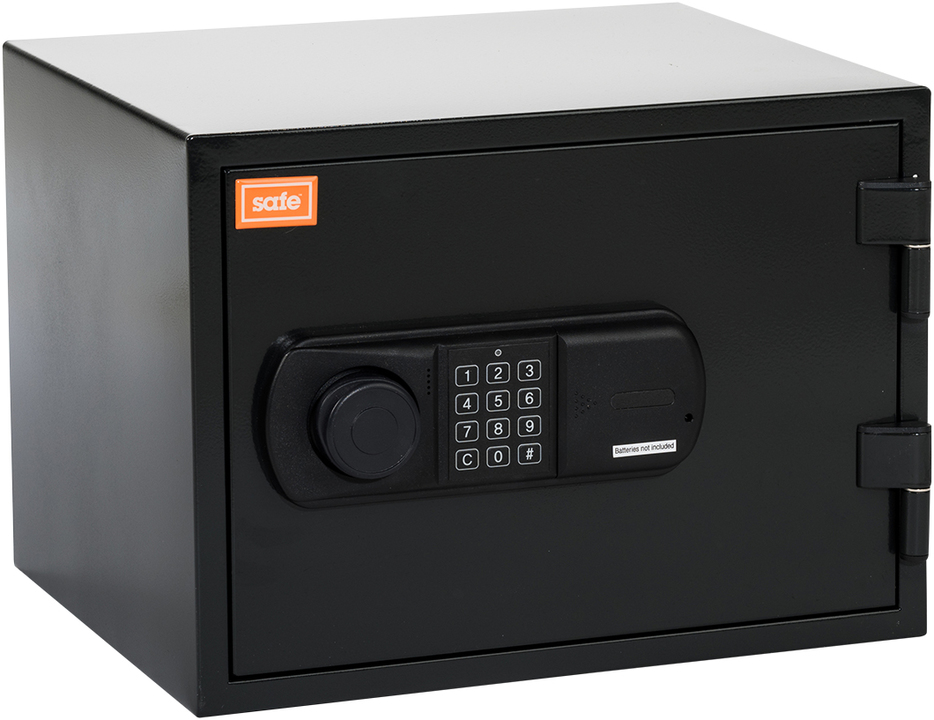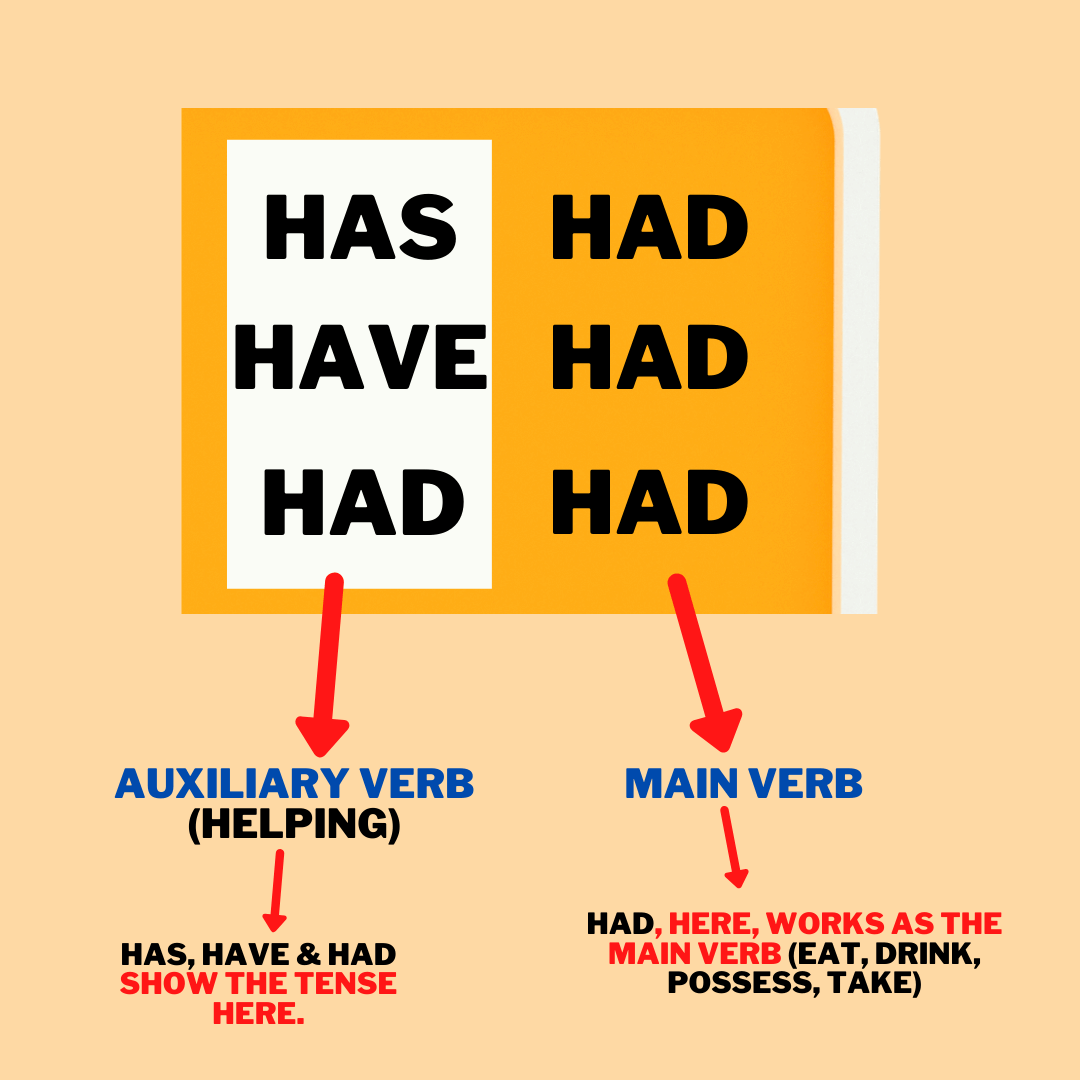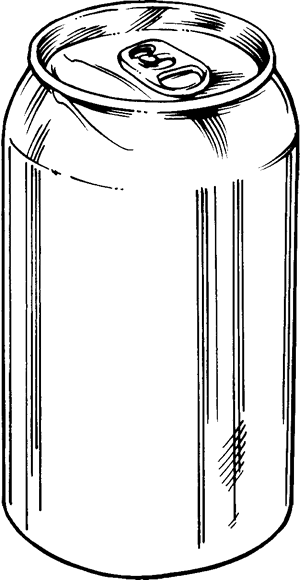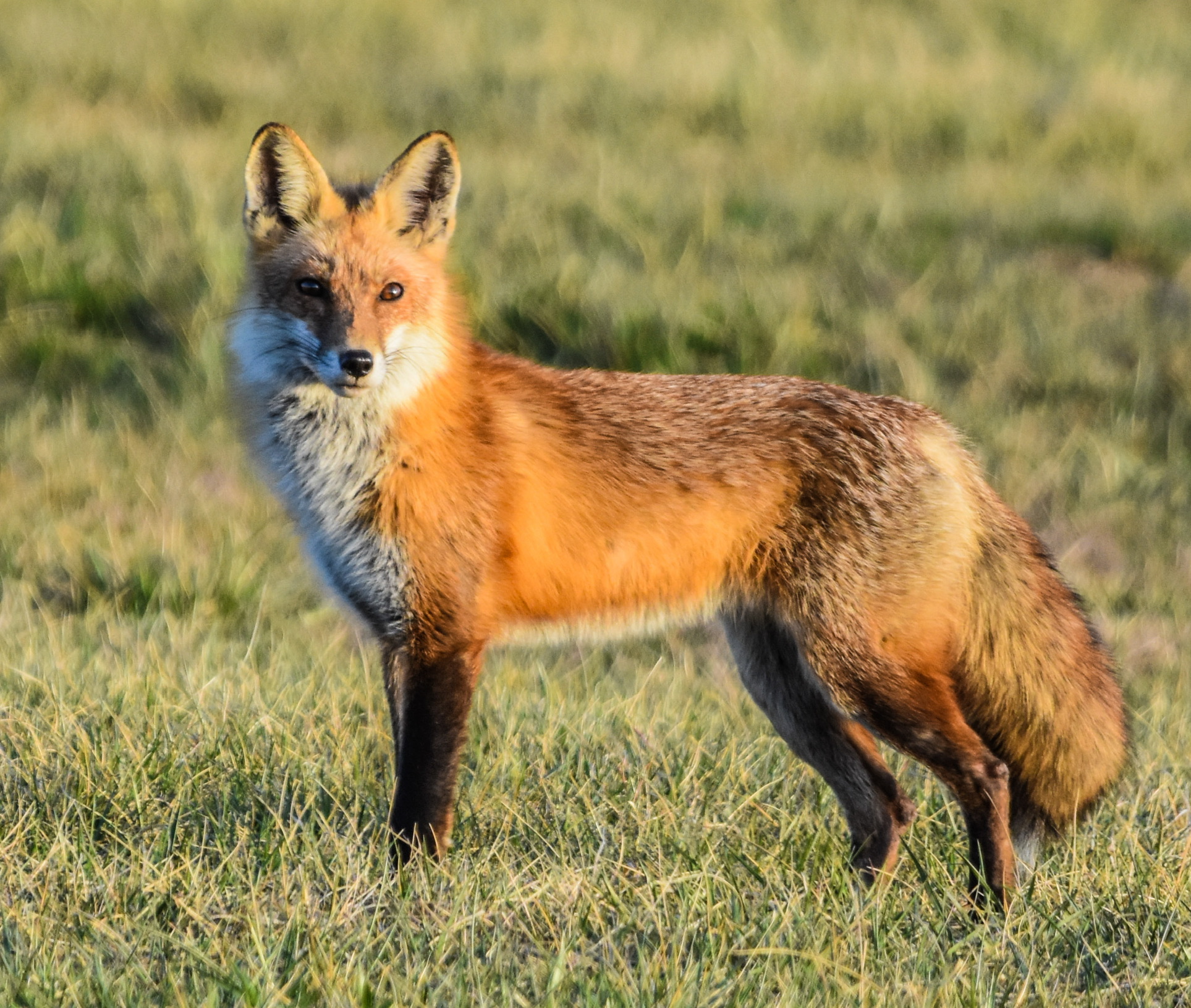Bringing Food Into Disneyland: What You Need to Know for a Seamless Park Experience
Introduction: Navigating Disneyland’s Food Policy
Planning a visit to Disneyland often involves careful consideration of meals, snacks, and beverages. Many guests wonder if it’s possible to bring outside food into the park, hoping to save money, accommodate dietary needs, or simply enjoy favorite homemade treats. Understanding Disneyland’s official food policy is crucial for a smooth experience, ensuring you comply with regulations and avoid common pitfalls. This guide provides comprehensive, actionable details about bringing food into Disneyland, including permissible items, restrictions, and practical strategies for storage and consumption during your visit.
Disneyland’s Official Policy on Outside Food
Disneyland Resort allows visitors to bring outside food and nonalcoholic beverages into both Disneyland Park and Disney California Adventure for self-consumption. This means you can pack snacks, meals, and drinks from home or restaurants, provided you follow specific guidelines. According to Disneyland’s official policy, food items:
- Must not be in glass containers (small baby food jars are an exception).
- Cannot include alcoholic beverages.
- Should not require heating, reheating, processing, or refrigeration.
- Must avoid pungent odors.
Upon arrival, you should inform a Security Cast Member of any food items you are bringing. All bags, containers, and coolers may be subject to search at the security checkpoint [1] , [2] .
Types of Food Permitted in Disneyland
You are free to bring both homemade and takeout food for personal consumption. Examples include sandwiches, fruit, chips, granola bars, and restaurant takeout. You do not need to distinguish between homemade and purchased food; both are allowed, provided they comply with other restrictions [2] .
However, Disneyland does not permit food that requires heating, reheating, or refrigeration. This means items like frozen dinners, foods that need to be microwaved, or anything requiring cold storage should be left at home. There are no public microwaves or refrigerators available in the park for guest use [2] .
Additionally, food with strong smells is discouraged; use common sense and avoid packing meals that may be considered pungent or disruptive to other guests [1] .
Container and Storage Rules
Disneyland has strict regulations regarding containers and coolers:
- Glass containers are prohibited except for small baby food jars.
- Coolers must not exceed 24″ long x 15″ wide x 18″ high.
- Loose ice and dry ice are not permitted; use reusable ice packs to keep food fresh.
- Full-sized coolers should be left in your car if necessary. Only small coolers are allowed inside the park, typically about the size of a six-pack beverage carrier [2] .
Bag searches are standard at security checkpoints, so pack your items for easy inspection and be prepared to answer questions about your food if asked by staff [1] .

Source: dreamstime.com
Practical Steps: How to Bring Food Into Disneyland
To bring food into Disneyland successfully, follow these practical steps:
- Prepare Your Food: Pack meals that are ready to eat and do not require additional preparation, heating, or refrigeration. Consider sandwiches, cut fruit, pretzels, and granola bars as convenient options.
- Use Approved Containers: Place food in plastic or metal containers (never glass), and use a small cooler with reusable ice packs if needed for temperature control.
- Pack for Easy Security Inspection: Organize food items neatly for quick inspection. Avoid bringing knives (including pocket knives); if you need to cut food, use a plastic knife or prepare items in advance [1] .
- Inform Security Staff: When entering the park, let the Security Cast Member know you have food items. Cooperate during bag inspections and follow any instructions given.
- Store Your Cooler: If your cooler is too large, leave it in your vehicle and plan to return as needed. For small coolers, carry them throughout the park or use provided storage areas when available.
These steps help ensure compliance and avoid delays at park entry.
Common Challenges and Solutions
Bringing food into Disneyland can present a few challenges, especially for guests with specific dietary needs or those traveling with children. Consider these common issues and solutions:
-
Challenge: No heating or refrigeration facilities.
Solution:
Pack food that remains fresh at room temperature, such as nut butter sandwiches, dried fruit, or vacuum-sealed snacks. Use reusable ice packs for perishable items. -
Challenge: Prohibition of glass containers.
Solution:
Use plastic, metal, or silicone containers for storage. Baby food jars get a pass, but all other glass should be avoided. -
Challenge: Restrictions on cooler size.
Solution:
Use a compact cooler and pack only essentials. Replenish from your vehicle if needed by exiting and re-entering the park. -
Challenge: Security inspections.
Solution:
Organize and label food items for quick review. Cooperate with staff and follow instructions for a smooth process.
These proactive steps can help you navigate Disneyland’s policies efficiently.
Alternative Approaches and Additional Tips
If bringing food isn’t feasible, consider alternative approaches:
- Use Disneyland’s Dining Options: The park offers a range of dining choices, including quick service, sit-down restaurants, and snack stands. Menus accommodate various dietary needs, including vegetarian, vegan, gluten-free, and allergy-friendly options. For details, consult Disneyland’s official dining resources or speak with a Cast Member on arrival.
- Picnic Areas: While Disneyland Resort parks do not allow full picnics inside, you may use designated picnic areas outside the main entrances before re-entering the park. This is ideal for larger meals or if you prefer a dedicated space for eating [1] .
- Special Dietary Needs: If you have allergies or require medical accommodations, contact Disneyland Guest Services in advance. They can provide guidance or make arrangements to support your needs.
These alternatives can help you enjoy a stress-free visit even if food restrictions apply.
Case Study: Family Picnic Success at Disneyland
Consider the example of a family with young children who managed a successful picnic trip to Disneyland:
The family packed sandwiches, fruit, and juice boxes in a small, approved cooler with reusable ice packs. They used plastic containers and labeled each item for easy inspection. Upon arrival, they informed security of their food and promptly passed through the checkpoint. The family enjoyed their meal at a shaded bench within the park, saving money and avoiding long food lines. By following park guidelines and preparing food in advance, they maximized their time and minimized stress during their Disneyland adventure.

Source: britannica.com
Key Takeaways for Disneyland Visitors
Bringing food into Disneyland is allowed and can offer significant benefits, including cost savings, dietary flexibility, and convenience. The key is to follow all park guidelines regarding container types, cooler size, and food preparation. Ensure your food is ready to eat, easy to inspect, and stored properly. If you have unique dietary needs, contact Guest Services for assistance. By planning ahead and using the practical strategies outlined in this guide, you can enjoy your Disneyland visit with confidence and comfort.
References
- [1] San Diego Family Travel (2024). Disneyland Food Policy: What You Can & Can’t Bring In.
- [2] NerdWallet (2024). Can You Bring Food and Drinks Into Disneyland?
- [3] planDisney (2024). Are you allowed to bring outside food and drinks inside the park?
- [4] planDisney (2025). Can we bring outside food in?
MORE FROM visa4visit.com
